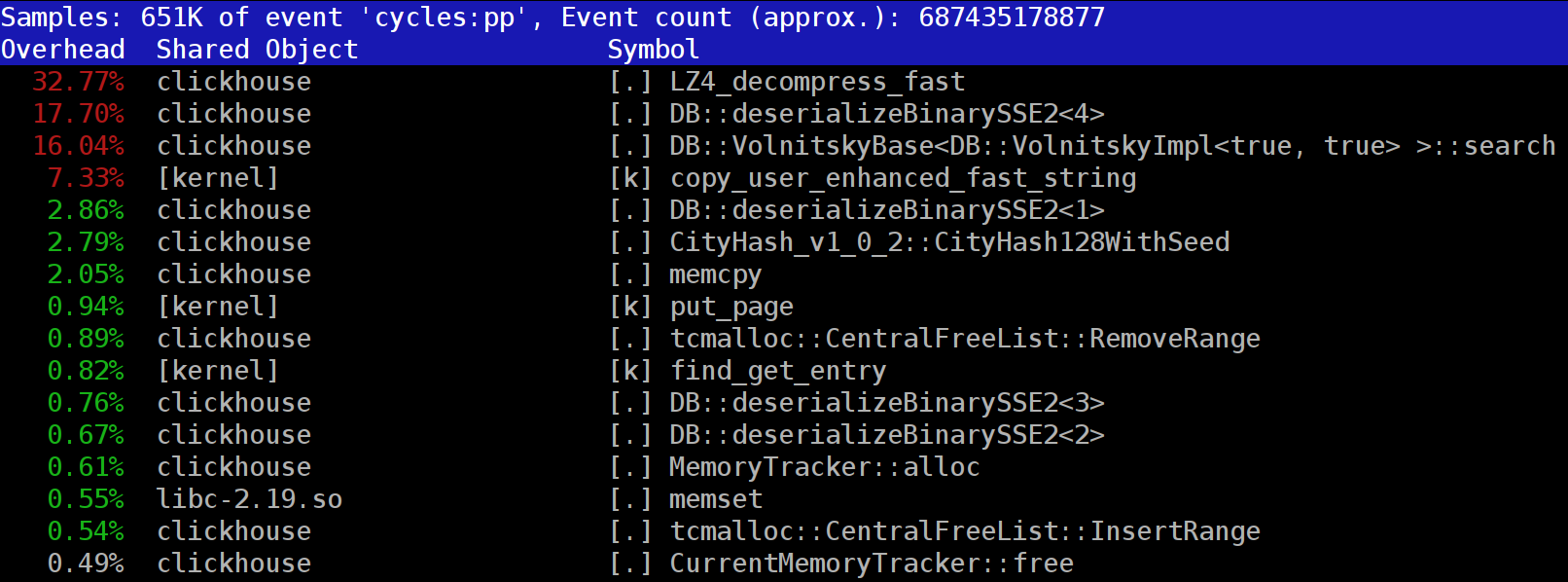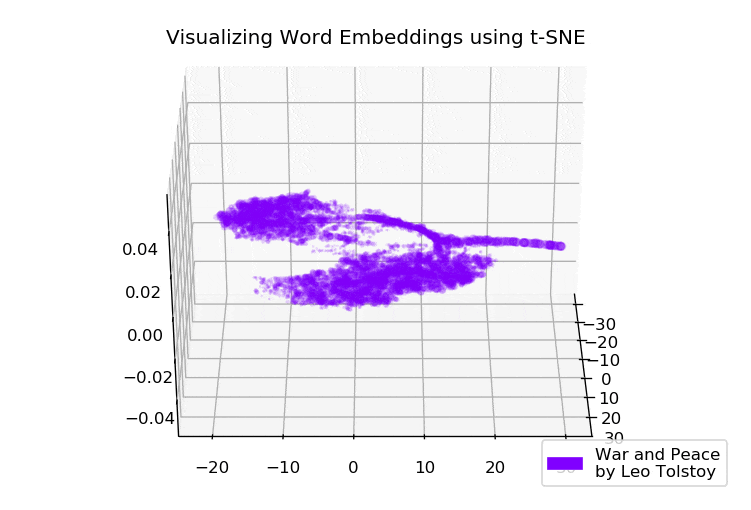PVS-Studio Visits Apache Hive
12 min

For the past ten years, the open-source movement has been one of the key drivers of the IT industry's development, and its crucial component. The role of open-source projects is becoming more and more prominent not only in terms of quantity but also in terms of quality, which changes the very concept of how they are positioned on the IT market in general. Our courageous PVS-Studio team is not sitting idly and is taking an active part in strengthening the presence of open-source software by finding hidden bugs in the enormous depths of codebases and offering free license options to the authors of such projects. This article is just another piece of that activity! Today we are going to talk about Apache Hive. I've got the report — and there are things worth looking at.





